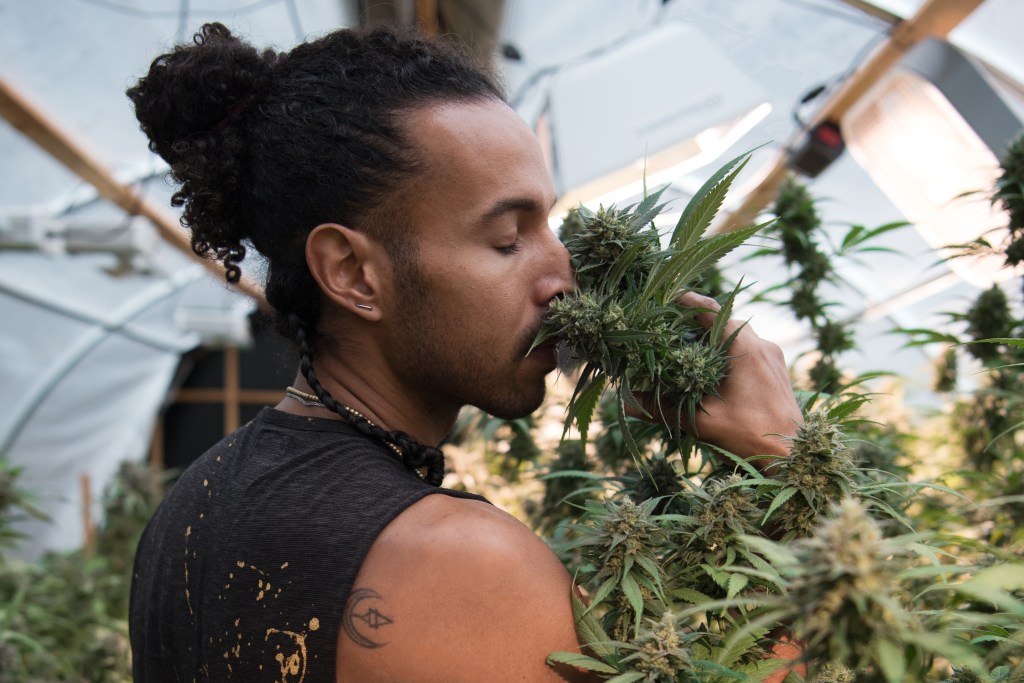Like the Gold Rush that drew miners in covered wagons to the West Coast, the Green Rush has long seduced growers and trimmers to Northern California’s “Emerald Triangle,” the largest cannabis-producing area in the United States since the 1970s.
It was disillusioned hippies from the Bay who first flocked to the Redwoods to cultivate the illicit herb. They established little fiefdoms in the hills and mountains of NorCal, where tales of police raids, buried fortunes, and bizarre disappearances were all too common. It was their version of the Wild West.
Videos by VICE
But the culture and color of the Emerald Triangle could change thanks to the passage of Proposition 64 in 2016, which will make recreational marijuana legal in California on January 1. Small-scale growers worry about how they’ll compete with the big businesses eyeing the marijuana plant for profit. And cultivators who’ve been here for decades now feel as though they are stuck in legislative limbo as the local government decides how to interpret the state law, which contradicts the federal prohibition of pot.

“If we’re not helping to write the laws, we’re going to get written out of them,” said Jonathan Collier, Executive Board Member of the Nevada County Cannabis Alliance.
The organization Collier belongs to believes that the survival of small growers’ hinges on providing a high quality, organic product. They also hope Nevada County approves a cannabis business licensing program in March. Within this proposed framework, a farm like Heart and Sol could grow the flower that could be converted into cannabis oil for Temple Extracts, which could then be sold at Elevation 2477′, a dispensary waiting on a city permit. This model represents an avenue for isolated heritage farmers to reach consumers.
Legalization also poses new challenges for “trimmigrants,” which is what locals call the young people who cut and shape buds for the marketplace.
Sunshine** is a trimmer who is originally from South Korea. She heard about the Emerald Triangle while traveling through Europe. “I’ve met a bunch of people [that] come for the American dream. This job is a lot of cash,” she said. “Heaps of money. You can get as much as you work.”
Unfortunately, the party might be coming to end. After legalization, California residents will have the option of working in the cannabis industry as taxed employees, but the law leaves no room for unregulated foreign workers. “After all of them are gone, I’ll still be here,” Lizzy, a native Californian, told me.
Getting work as a trimmer from the growers who come down from the mountains in their pickup trucks is a lot “like fishing,” according to Jean Félix, who’s originally from Montreal, Canada. “You’ve gotta be really zen.” Unfortunately for the trimmers, machines are beginning to outpace manual labor because they can cut production costs for growers looking to maximize profits.

Many questions loom over the trimmers and growers of the Emerald Triangle, as the Wild West they’ve known becomes more regulated and tamed.
Cannabis is everything to these people—it’s their livelihood, and it’s given them a semblance of freedom and adventure. But because the Green Rush, after all, is about money, it was always bound to grow and evolve. How much is still yet to be seen.
Scroll down for more photos by Avery L. White.
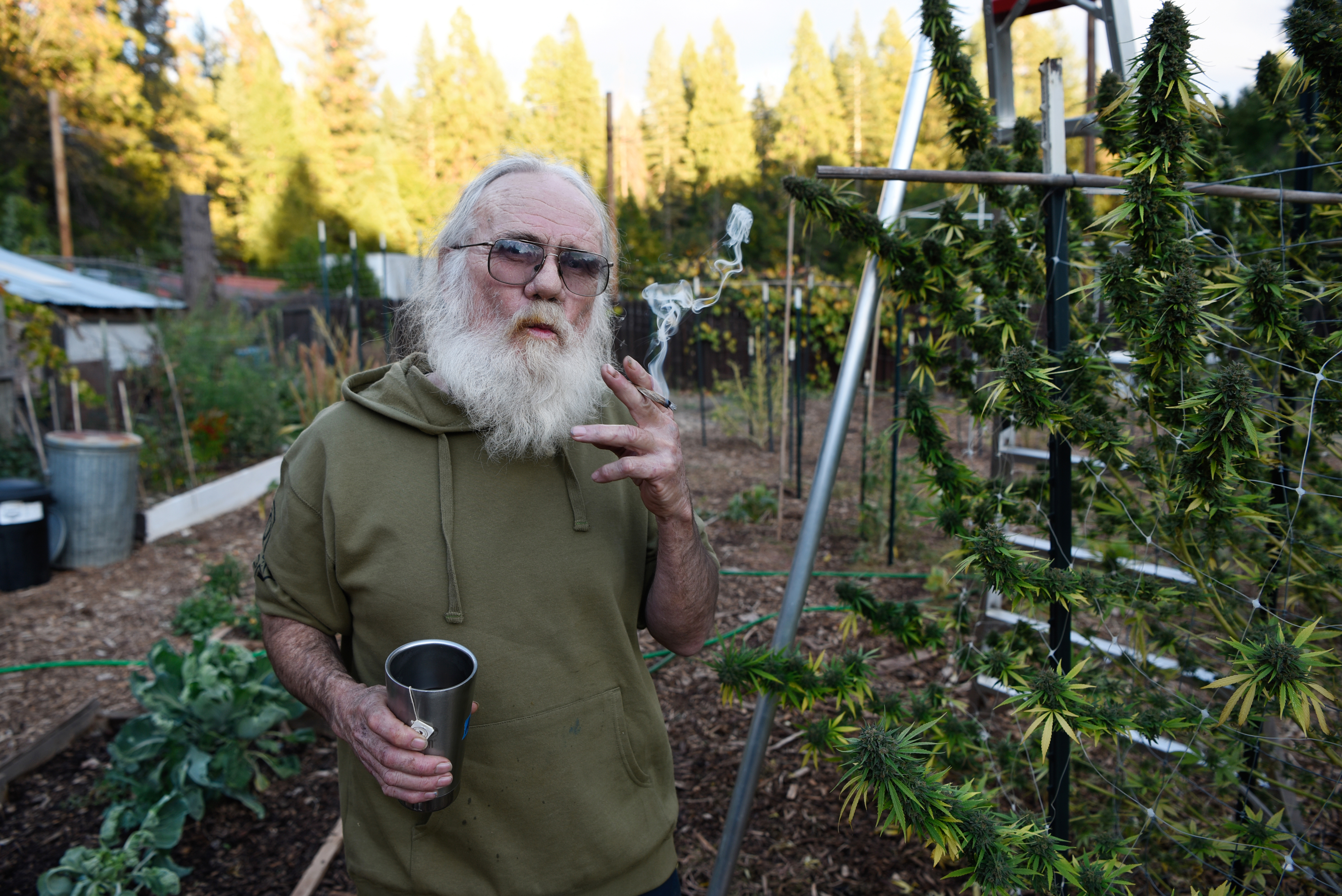


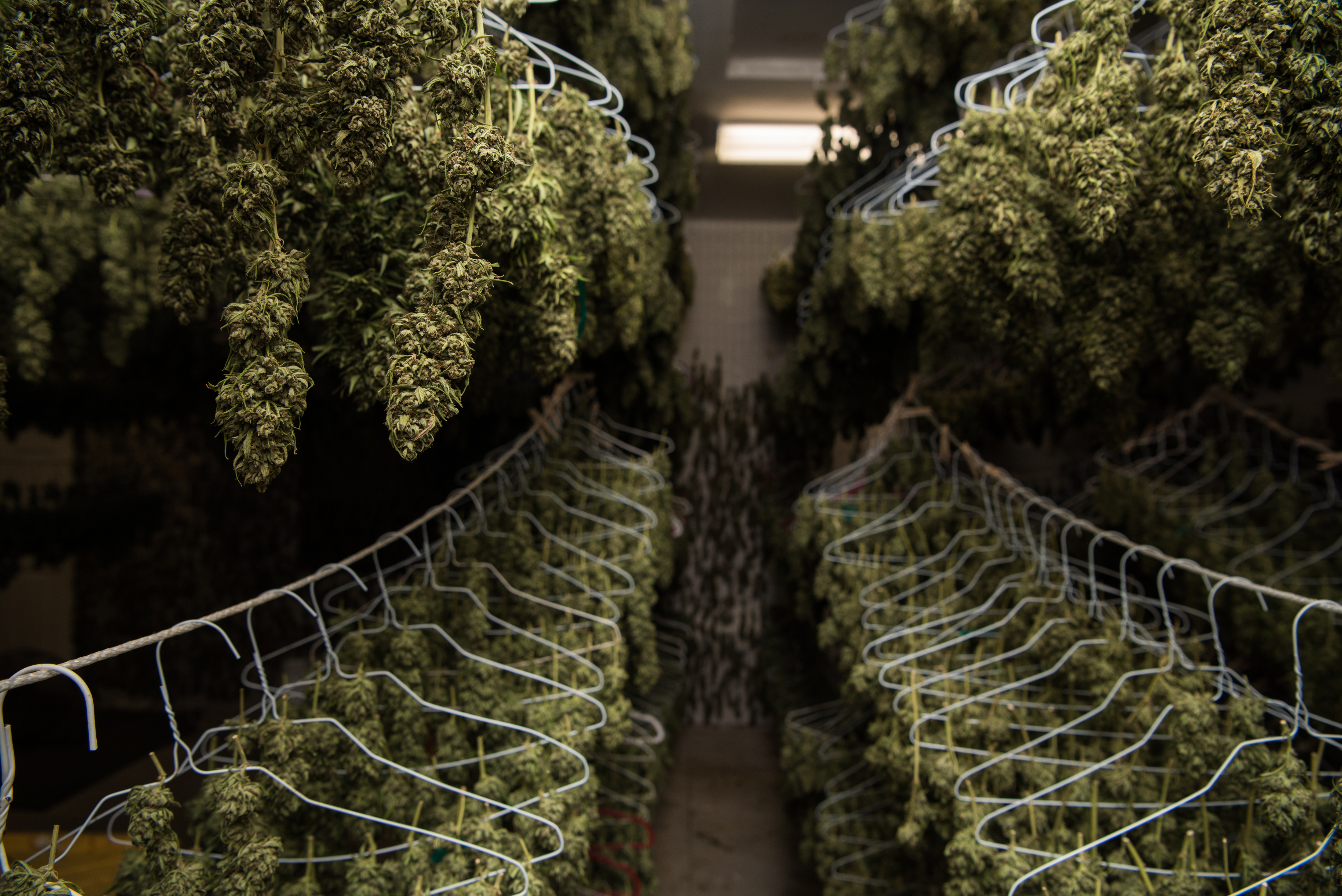
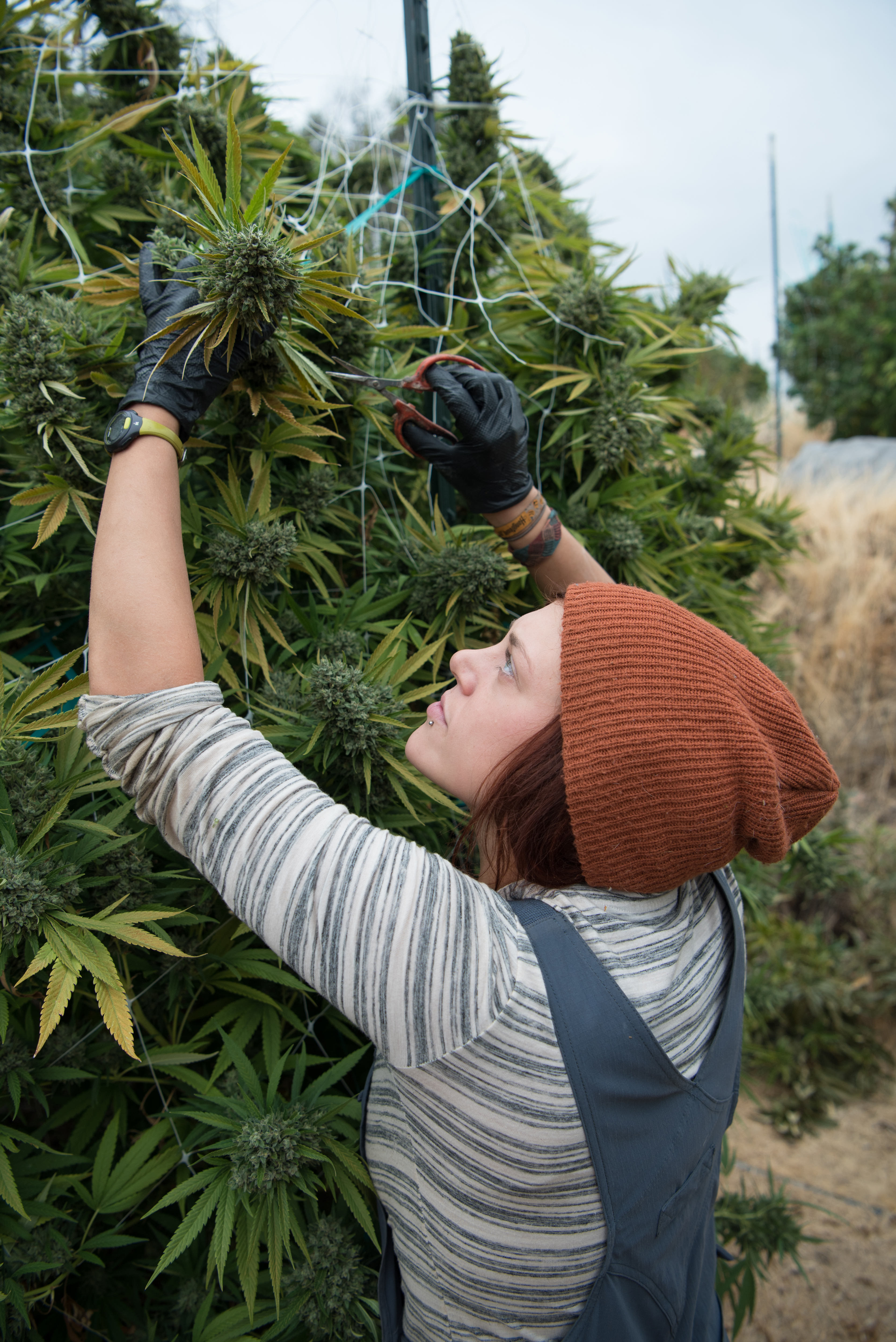
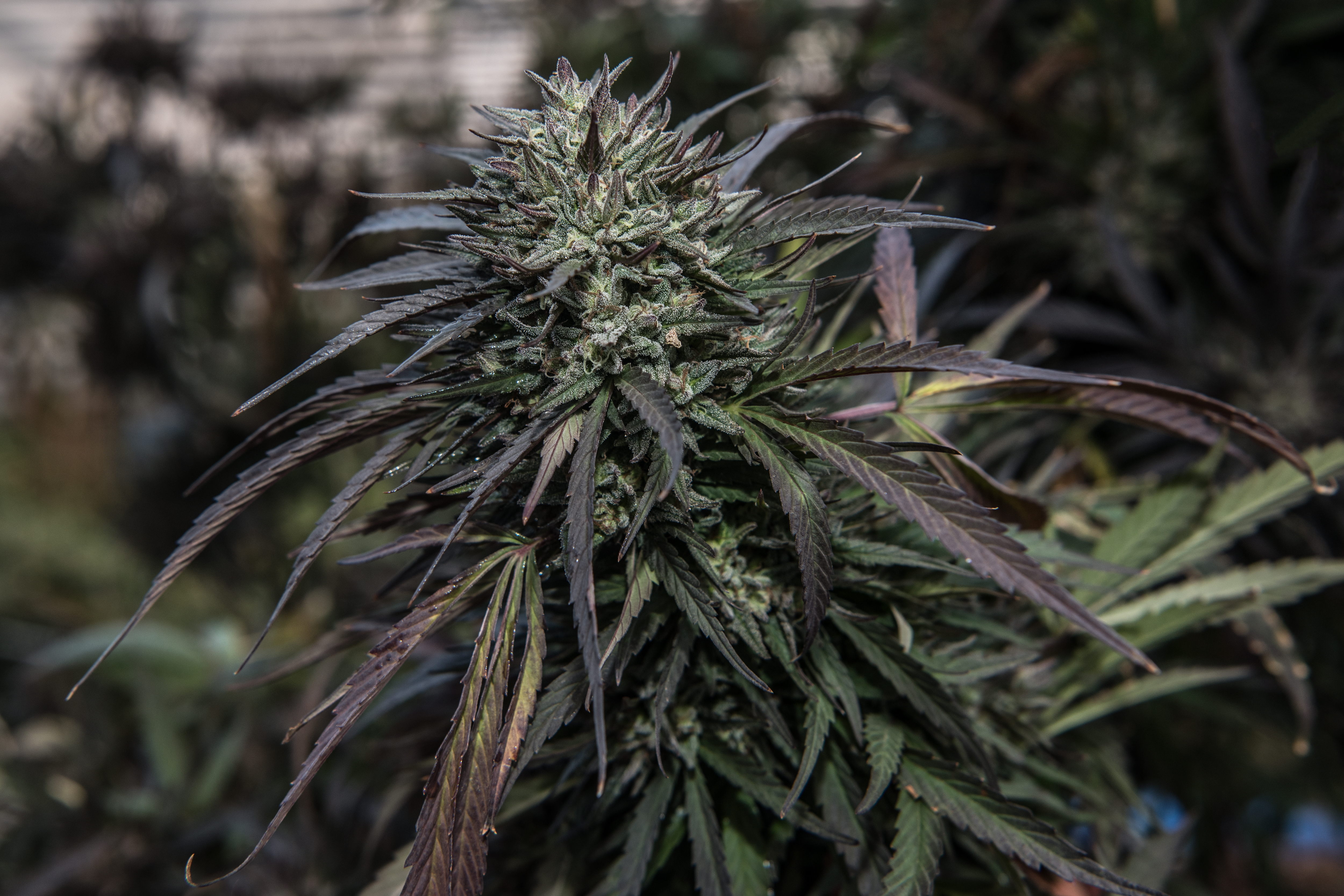
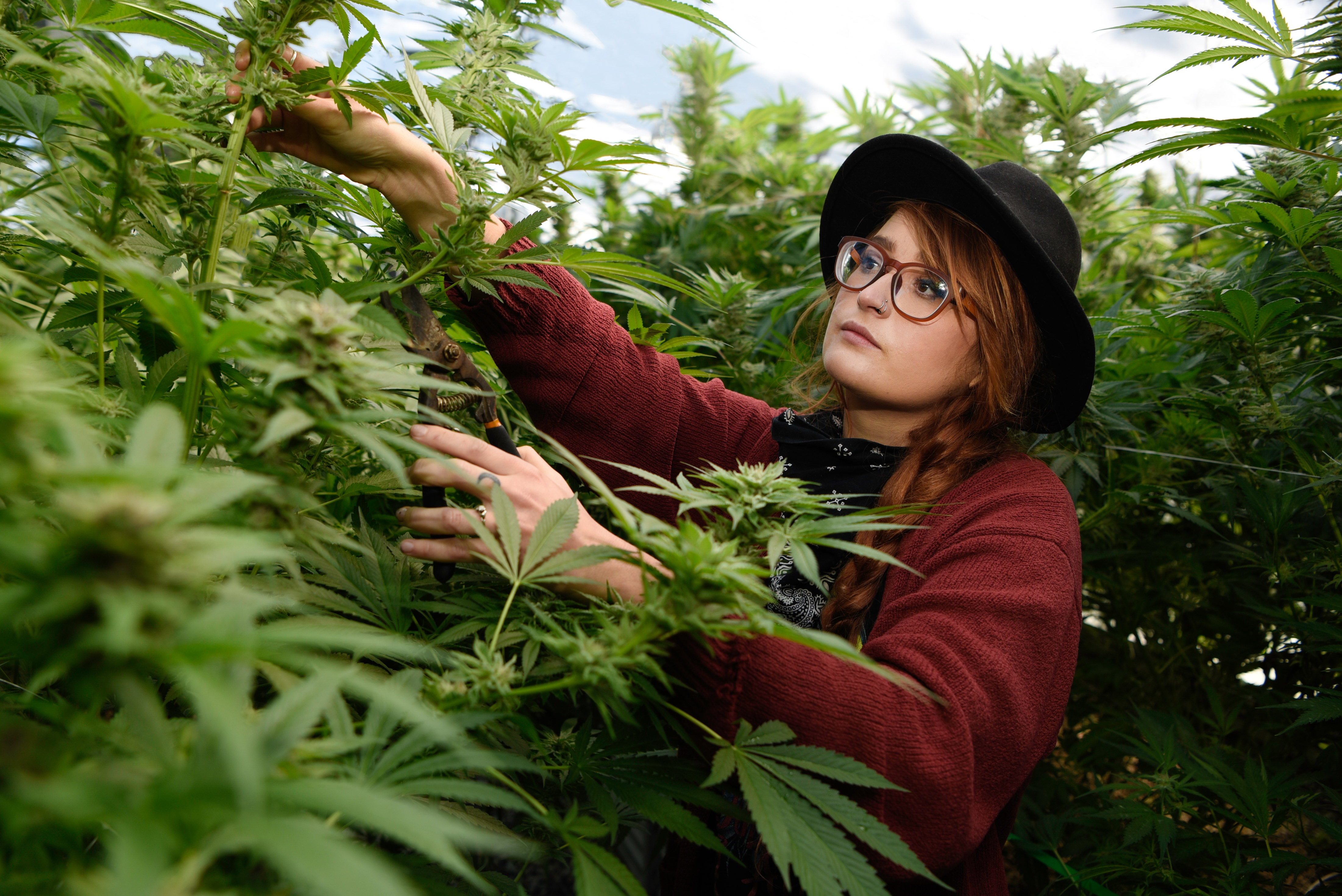
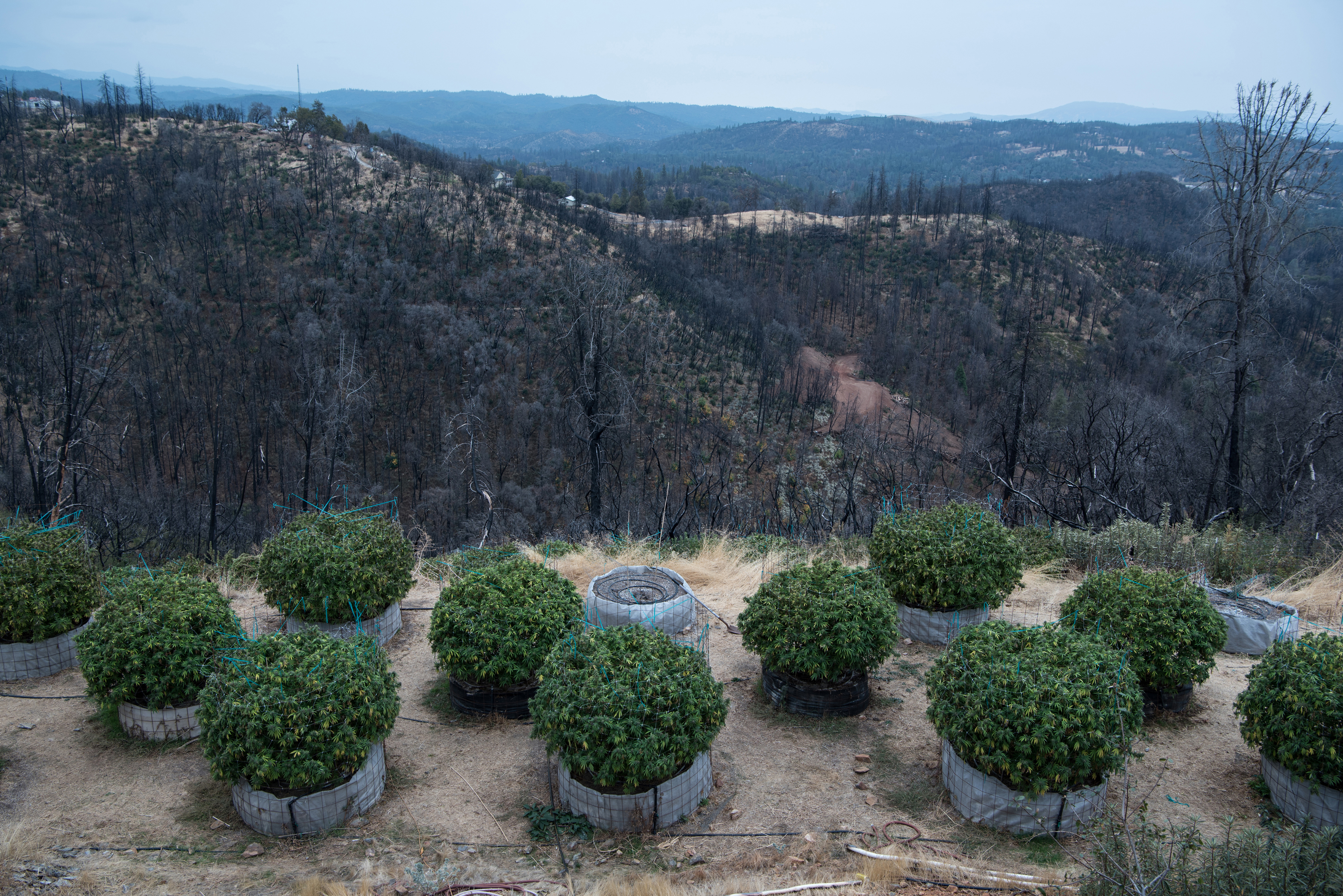
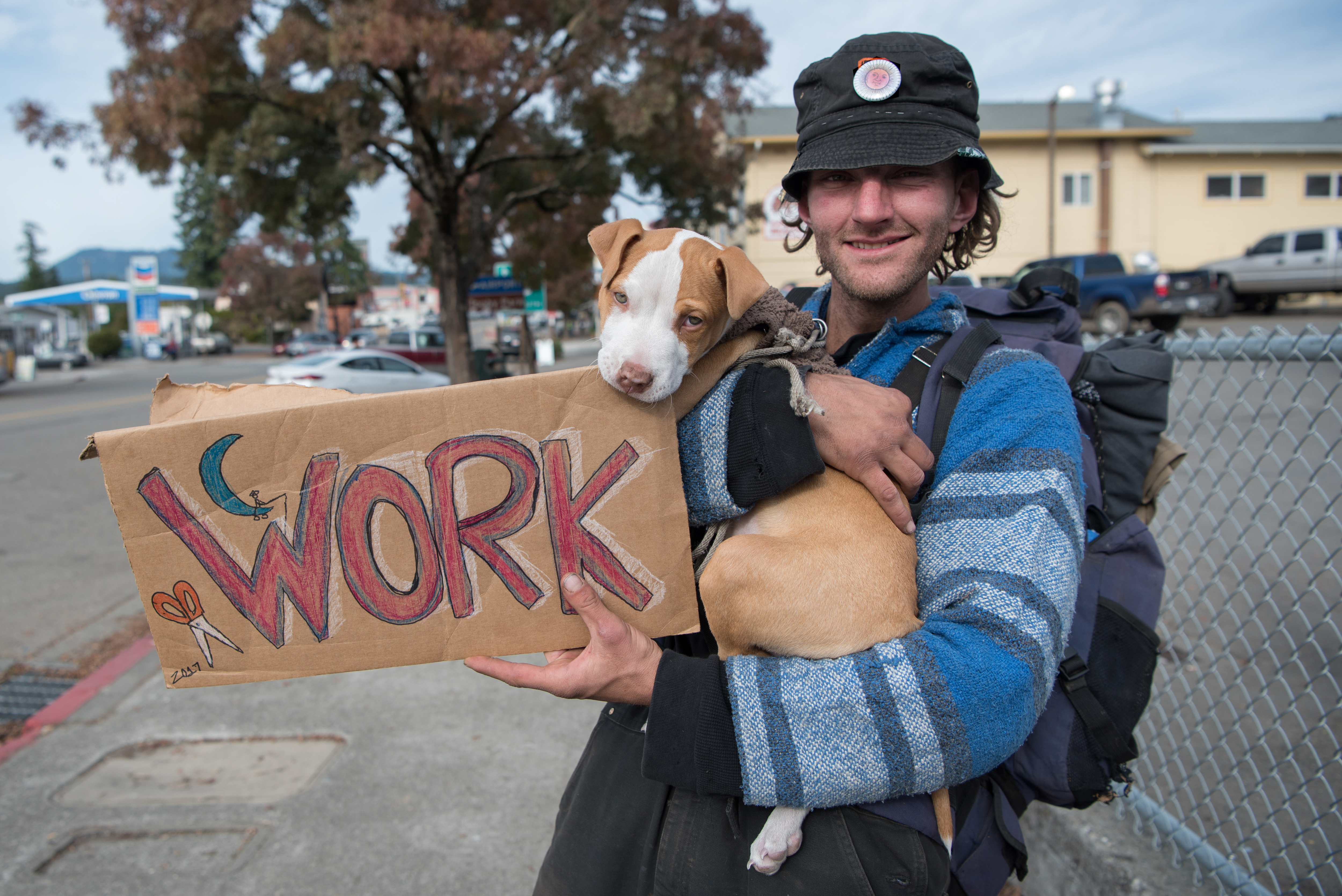
**The last names of certain people involved in this story have been left out to protect their identities under the shifting landscape of legalization.
See more of Brooke Sauvage’s work on her Instagram.
See more of Avery L. White’s work on her Instagram.
